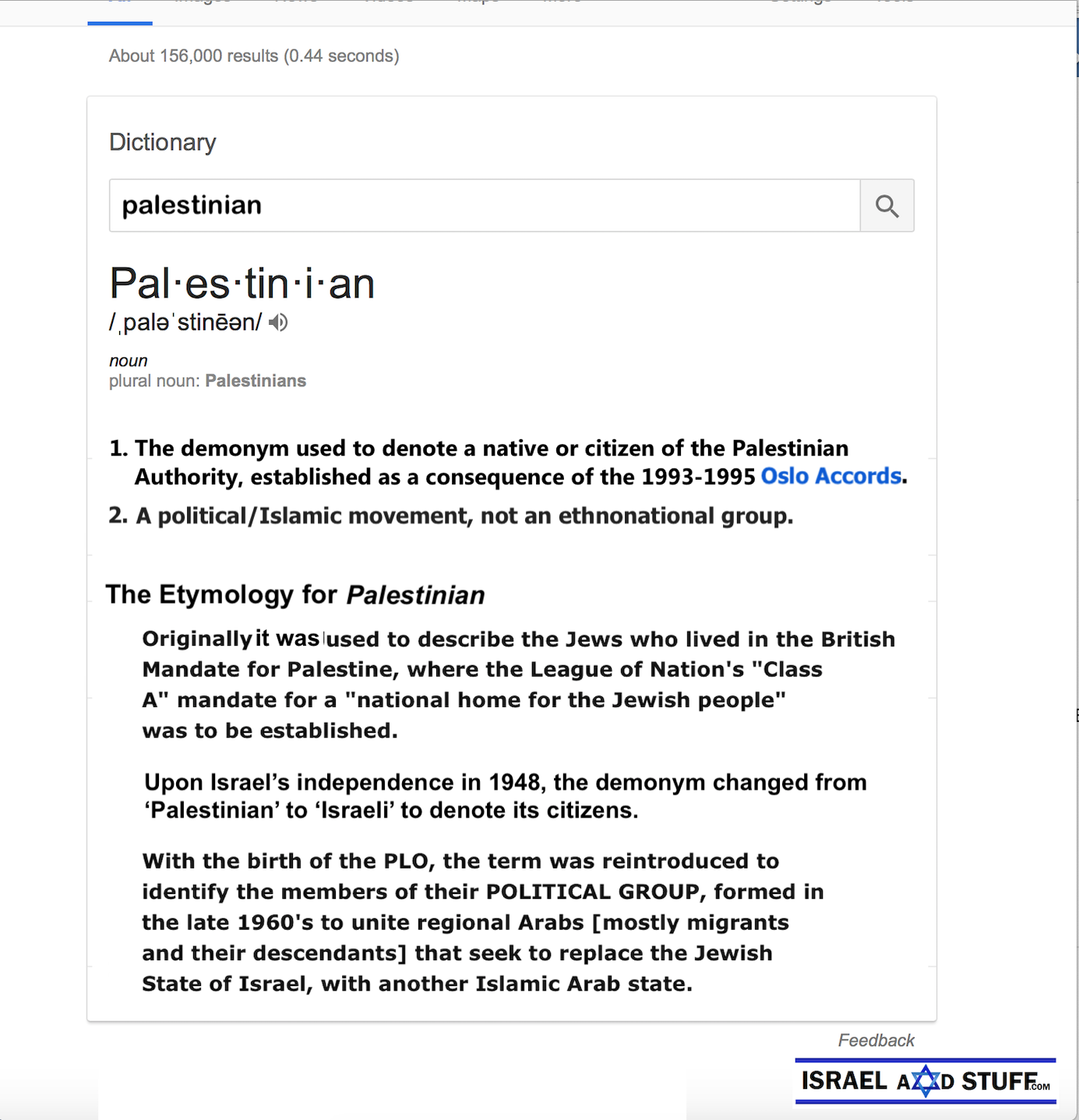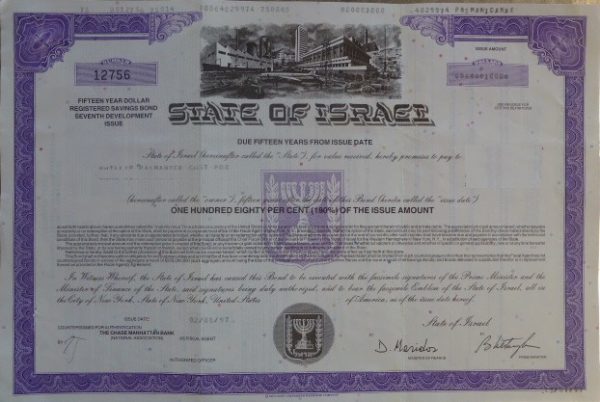Archaeologists discover an altar from the Israelite era at Tel Shiloh.
Certain scholars suggest that sacrifices continued at Shiloh after the First Temple was built. The discovery bolsters the Biblical account that Shiloh was a religious center.
For decades archaeologists have been searching for evidence to support the hypothesis that Shiloh served as a religious center in ancient times.

Grounds for belief: Archeologist believe that this altar was used by ancient Israelites – Photo: Ancient Shiloh
Now, a stone altar dated to the Iron Age, in other words, the period of Israelite kings, was accidentally exposed during a dig conducted by an archaeological staff officer of the Civil Administration in Judea and Samaria.
The altar was found amid the stones of a wall dated to the Byzantine period. Apparently, the Byzantines removed the altar from its original location in Tel Shiloh and used it to build a structure at the foot of the tel.
The discovery is the first tangible evidence that Shiloh was a cultic center prior to and during the First Temple period. Previously, the only evidence for that theory were descriptions in the Bible about the Tabernacle at the time of Joshua and later in the time of Eli the high priest and the prophet Samuel.
Until today archaeologists believed that after the Philistines took the Ark of the Covenant, as described in the book of Samuel, they destroyed the city and Jewish settlement there ended.
The altar’s discovery suggests that some Jewish settlement continued there even after the death of Eli the high priest.
The Jewish presence, it is speculated, continued through the reign of King Saul and at least until after the reign of King Solomon. The altar leads scholars to believe that people continued to bring sacrifices in Shiloh, despite King Solomon’s construction of the First Temple.
In addition to the altar, an ancient road was recently found south of Tel Shiloh that led to southern entrance to the site. This discovery bolsters the hypothesis that the tabernacle in Shiloh was on the southern and not the northern side of Shiloh.
The archaeological site of ancient Shiloh will be open to visitors over Hanukkah, including a recently discovered cave used for hiding during the Bar Kokhba revolt.
View original Israel Hayom publication at: http://www.israelhayom.com/site/newsletter_article.php?id=13467







 Israeli New Shekel Exchange Rate
Israeli New Shekel Exchange Rate